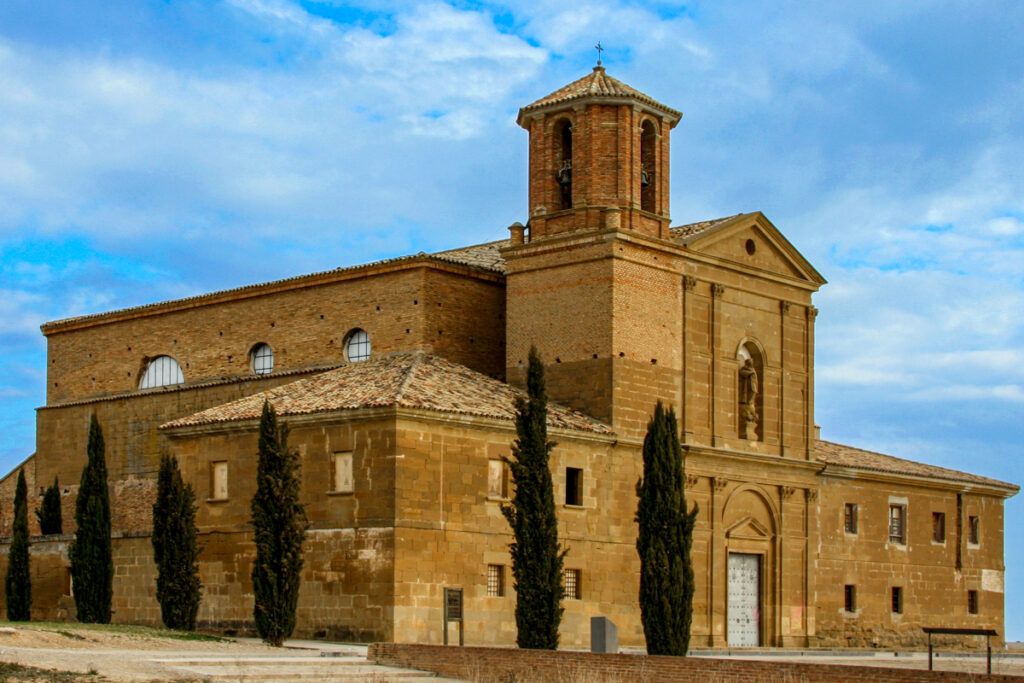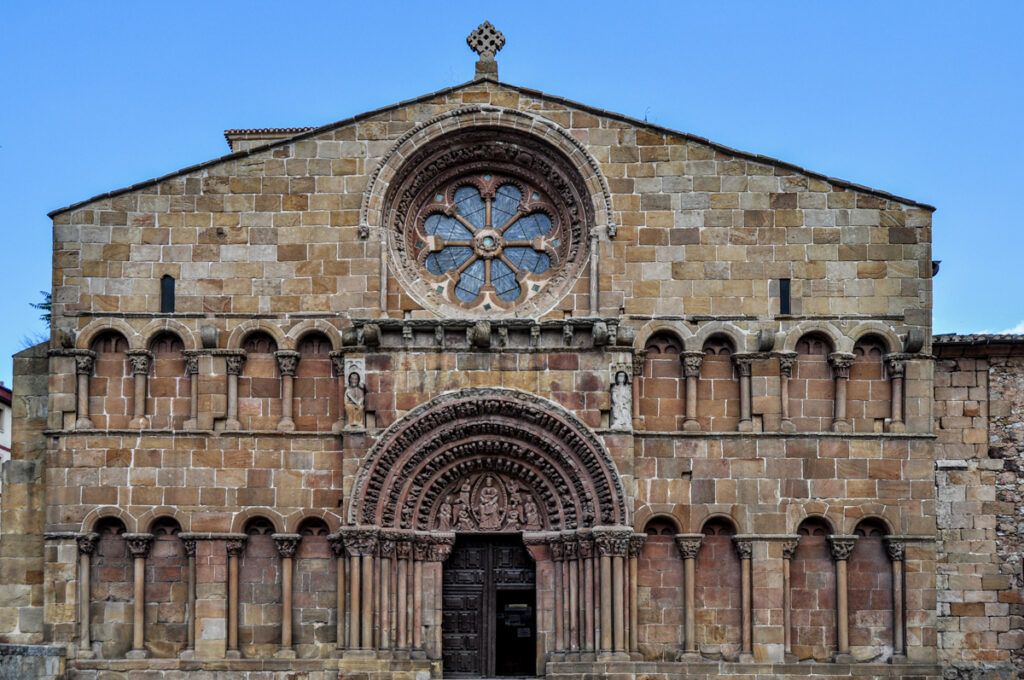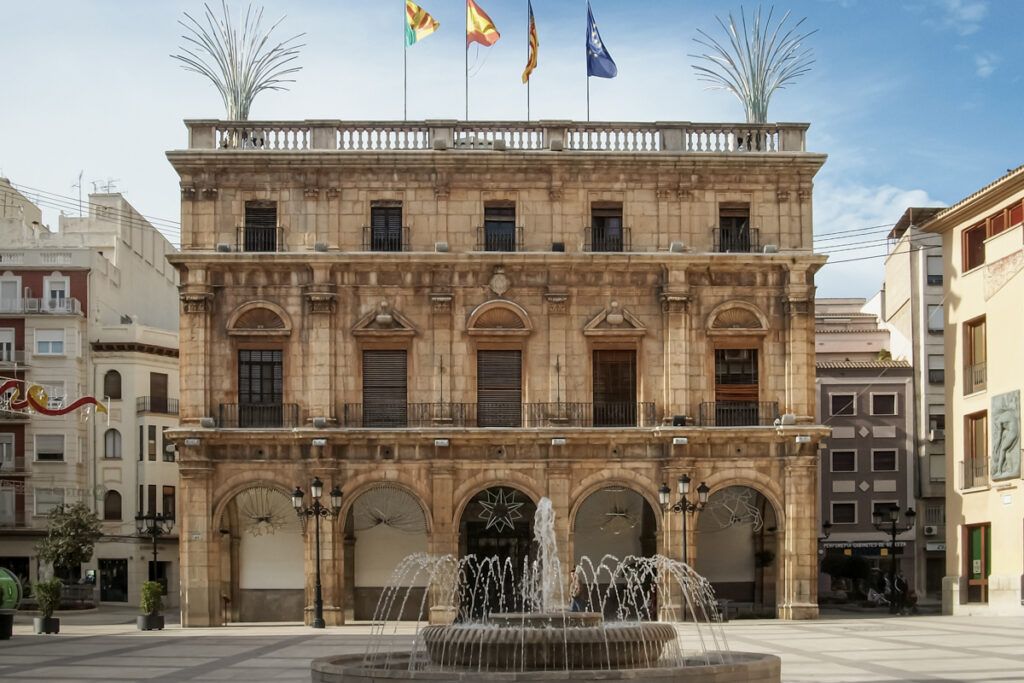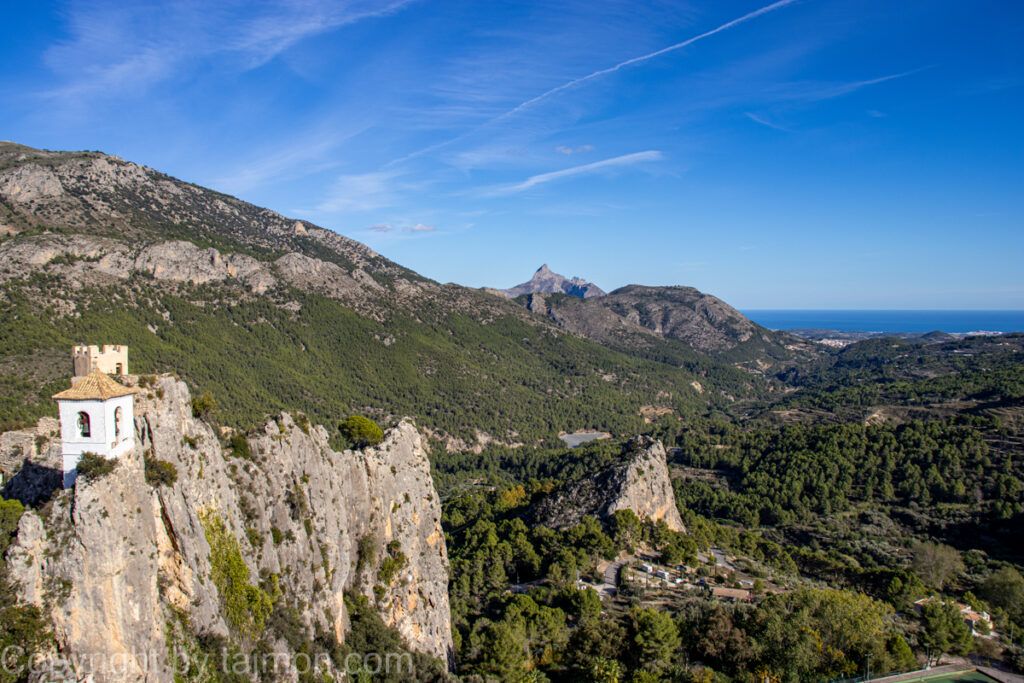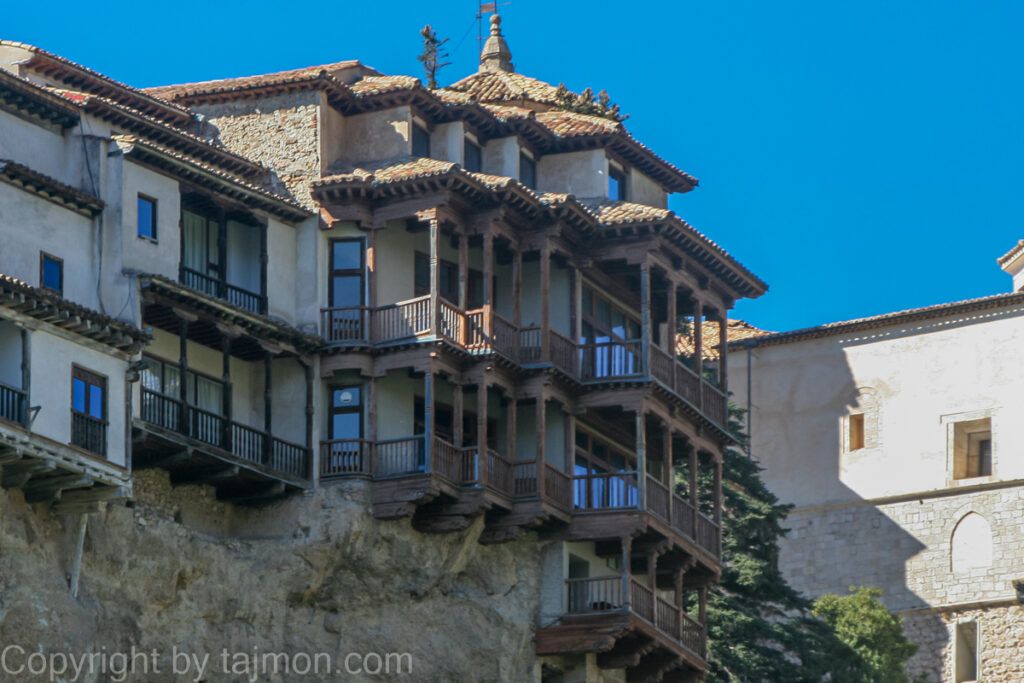Cathedral in Segovia
The Catedral de Segovia is a cathedral dedicated to the Assumption of the Blessed Virgin Mary and St. Frutos, the patron saint of the city. It was built in the 16th century, on the site of the old Romanesque cathedral, which burned down during the War of the Comuneros in 1520. The Cathedral is considered the last great Gothic building in Spain and one of the largest and most beautiful in Europe. It is 105 meters long, 50 meters wide, and 33 meters high in the main nave. Its tower, which was added in the 17th century, is 88 meters high and is the highest point in the city.
The Cathedral has three facades, each with a richly decorated portal and a rose window. The main facade, known as the southern facade or the facade of forgiveness, is the oldest and most representative. It is located in the Plaza Mayor, opposite the town hall. In its center is a statue of the Assumption of Mary, surrounded by apostles and prophets. Above it is the coat of arms of Charles V, who funded the cathedral. On the side wings of the facade are statues of St.
Frutos and St. Valentine, patrons of the Segovian diocese. The eastern facade, known as the facade of St. Michael, is the least decorated and is located in the Plaza Lope de Vega. The western facade, known as the facade of St. Geroteo, is the newest and most baroque. It is located in the Plaza de la Reina Victoria Eugenia and has five statues of saints associated with Segovia.
The interior of the cathedral is divided into three naves, of which the middle one is the highest and widest. At the intersection of the naves is a dome with frescoes depicting scenes from the life of Mary. In the presbytery is the main altar with a painting of the Assumption of Mary by Francisco Rizi. Behind it is the choir, where you can admire two beautiful organs and richly carved stalls from the 16th century.
In the main chapel, on the right side of the presbytery, is a silver urn with the relics of St. Frutos and his siblings, St. Valentine and St. Engracia. In the transept are two side altars, dedicated to St. Andrew and St. Peter. In the side naves are 18 chapels, where you can see works of art from different periods and styles, such as paintings, sculptures, reliquaries, vestments, and liturgical vessels. Among them stand out the chapel of St. John the Baptist, with the tomb of Bishop Arias Dávila, the chapel of St. Gregory, with the tomb of Bishop Pedro González de Mendoza, the chapel of St. Catherine, with the tomb of Bishop Juan Arias de Villar, and the chapel of St. Barbara, with the tomb of Bishop Juan de Contreras.
The Cathedral also has two cloisters, one Gothic and one Renaissance. In the Gothic cloister are the tombs of canons and bishops, as well as the entrance to the cathedral museum, which is located in the former bishop’s palace. In the museum, you can see valuable collections of sacred art, such as sculptures, paintings, textiles, books, documents, and coins. In the Renaissance cloister are the tombs of aristocrats and patrons, as well as the entrance to the tower, from which you can admire the panorama of the city and the surrounding area.
The Catedral de Segovia is not only a monument but also a symbol of faith and culture. Its construction and decoration lasted over three centuries and involved many artists and craftsmen, who gave it a unique character and beauty. Its history and treasures testify to the richness and diversity of Segovian and Spanish heritage. The Catedral de Segovia is therefore a place worth visiting to learn about and admire a work of art that is a living testament to history and faith.
Return to the table of contents of the Segovia guide >>>>>>>>>>

